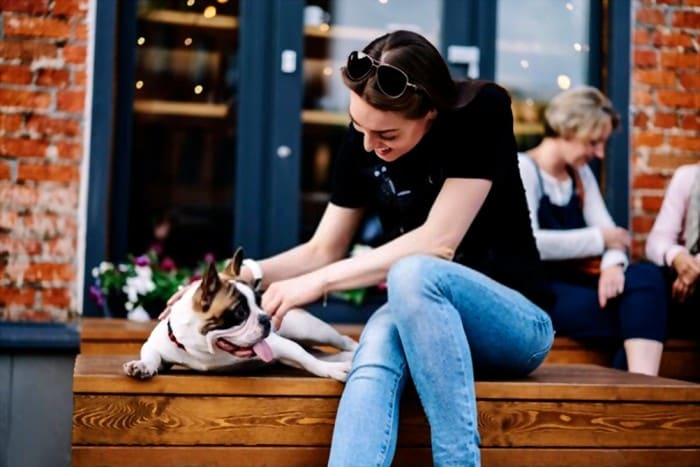
Whether you’ve had a pet before or if it’s your first time, welcoming a new member to your family always takes a little time and preparation. It’s essential to make sure that your home is ready to provide a comfortable and safe environment for the new addition, and that might mean making a few changes.
To help you get prepared, read on for some useful things to consider before bringing a pet home.
Check that doors and cupboards can be safely closed
Young animals, such as puppies and kittens, can be immensely curious about new environments, and may easily learn to open doors and cupboards to get into new places to explore. Other animals may also easily escape or get lost through an open window or doorway, causing all kinds of distress, both to the pet owner and the animal itself.
While it’s undeniably cute to see an animal work out how to open a door by itself, leaving passages open in the home can also put animals unwittingly at risk, especially if there are any hazards present. So make sure that all hazardous areas are either kept firmly closed from animals, or check regularly to ensure they are not at harm. Having safety locks on doors, windows and cupboards can be a simple but effective way of doing this.
Ensure that they will be safe and happy when alone
While having a pet can be a wonderful form of companionship, in most modern families, pets will need to adapt to the schedules and routines of working life. That means for many pets, they’ll need to get used to spending time alone while their owners are at work or school.
For pets that spend much of their time indoors, their owners are their entire world, and being left alone can be unnerving or upsetting. It’s important to teach your pet how to spend time alone in a safe way so that they feel comfortable and at ease, as well as making sure that they have plenty of mental stimulation to keep them occupied. You may like to have a designated room or crate, where they can stay.
Take the time to potty train them properly
Even if a pet is potty trained from a previous home or owner, a change in environment can often cause disruption and feelings of unfamiliarity, and this can have a negative impact on an animal’s bathroom habits.
You’ll want to make sure that your pet can relieve itself in a safe and hygienic way, and knows exactly where to go. In the early days, this might lead to a few mishaps, so it’s worth having some disposable floor coverings or easy clean flooring, to make the training stage a little more convenient.
Over time, pets should soon adapt and familiarize themselves more with the potty routine in their new home. However, if you’re finding that they are having issues for longer than expected, it can be worth getting professional advice, as there may be underlying health issues. Having a chat with a vet, such as Heart and Paw in Glen Mills, might help set your mind at ease and find some helpful solutions to fix any problem behaviors. The experts there will be able to check that your pet is in full-health to rule out any medical problems for causing the bathroom habits.
Provide plenty of toys
While you don’t need to pack your home to the brim with every kind of pet toy imaginable, making sure that your new pet has enough to keep it occupied will help it stay happy and well, in the long term.
It’s worth having a good variety of toys around to help provide plenty of stimulation and entertainment while they’re left alone, as well as helping to take care of their basic needs. Cats, for instance, may need areas where they can scratch comfortably around the home, to prevent them from using the furniture or walls. Dogs meanwhile, may need a good supply of chew toys so that they don’t use family members’ shoes as an alternative!
Keep any toxic items at bay
Before bringing a pet home, you should also check that there are no items that may be harmful or hazardous to their health around the area. There are many surprising items, such as types of plants or human foods, which can inadvertently cause toxic reactions in animals when consumed. As many animals are immensely curious, taking steps to keep these at bay will help them stay safe, and avoid any unwanted accidents.
Look out for common types of houseplants that can often be toxic to household pets, such as cats or dogs. While you may not want to remove them entirely, it may be a good idea to relocate dangerous items to areas where they will not pose a risk. In the kitchen and bathroom, ensure that any dangerous foods or medications are kept away.
The above steps should help you in your mission to make your home a safe and happy home for your new furry friend.
